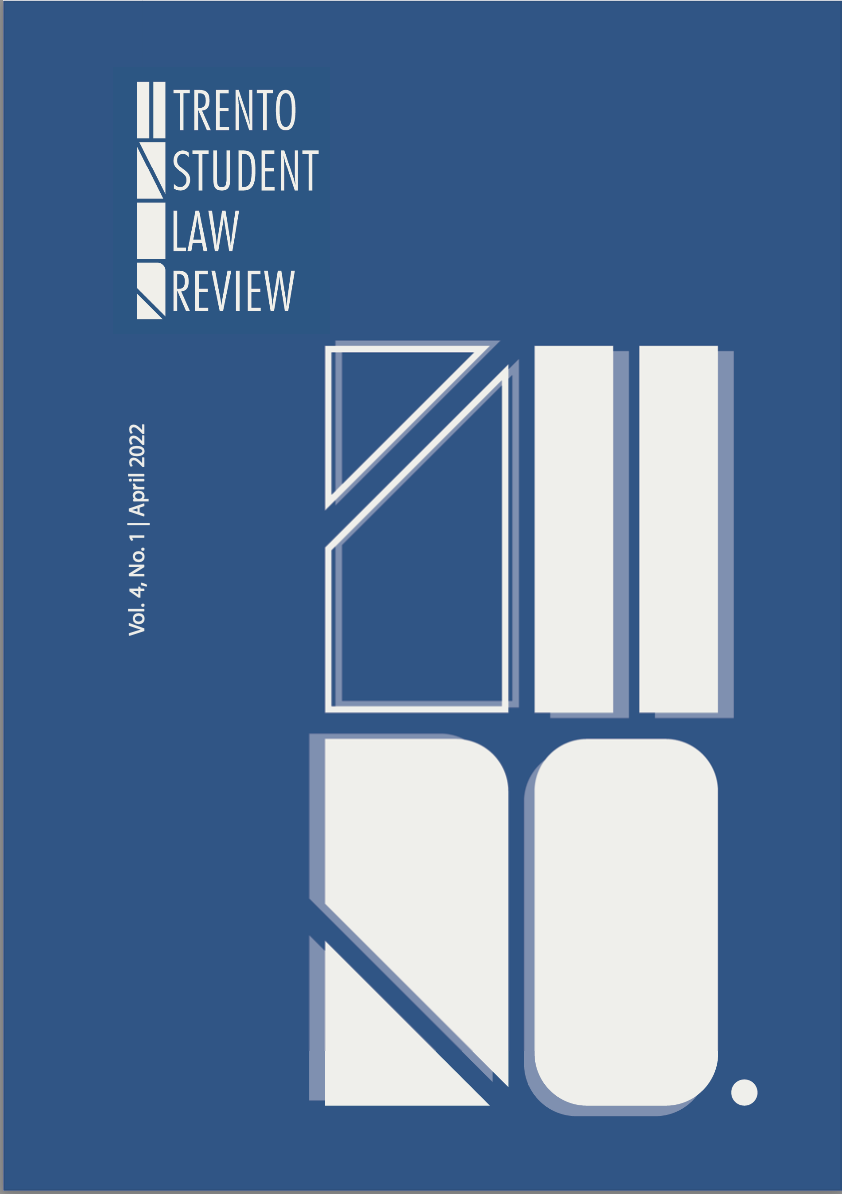Breyer’s Principled Pragmatism and Kagan’s New Living Constitutionalism and Lite Textualism
DOI:
https://doi.org/10.15168/tslr.v4i1.2075Keywords:
Jurisprudence, Constitutional Law, statutory interpretation, Breyer, KaganAbstract
This article is a comparative study of United States Supreme Court Justice Breyer and Kagan’s methods of judicial interpretation. By juxtaposing and comparing the justices’ judicial philosophies, this article aspires to clarify their methods and raise questions for further analysis. This article posits that the core of Breyer’s interpretative methods is pragmatism. However, Breyer does account for values and purposes. Thus, he is a “principled pragmatist” for both constitutional and statutory interpretation. On the other hand, Kagan exercises a “new” living constitutionalism in her constitutional interpretation but interprets statutes as a “lite” textualist. Paragraph 2 first studies what Breyer and Kagan claim to be. Breyer claims to be a living constitutionalist, purposivist, and pragmatist, while Kagan advocates for an approach that sticks closer to constitutional and statutory text. Next, Paragraph 3 interrogates Breyer and Kagan’s judicial methods in practice. Do they do what they say they do (or aspire to do)? Paragraph 3 finds that, on balance, both justices consistently practice what they preach. But Paragraph 3 also points out potential inconsistencies between Breyer and Kagan’s claims and practice. Overall, Paragraph 3 centers on Breyer and Kagan’s well-known constitutional and statutory opinions, mainly ones that they have said exemplify their interpretative methods. Using these opinions as a sample, instead of choosing a random sample, offers the opportunity to either agree with the justices’ assessment of their work or challenge it. These well-known cases, ones often fraught with social impact, are also more likely to differentiate the justices’ interpretative methods. Finally, based on the justices’ methods, Paragraph 4 provides theories on what Breyer and Kagan may focus on in Dobbs v. Jackson Women’s Health Organization, involving one of our nation’s most contentious contemporary debates about abortion
Downloads
Published
Versions
- 27.05.2022 (2)
- 30.04.2022 (1)
How to Cite
Issue
Section
License
Copyright (c) 2022 Rachel Rein

This work is licensed under a Creative Commons Attribution-NonCommercial-ShareAlike 4.0 International License.
The copyright on the texts published in the Trento Student Law Review remains with the respective owners. The journal allows authors to retain publishing rights without restrictions.
The Trento Student Law Review is distributed under a Creative Commons license Attribution - Noncommercial - Share-alike 4.0 International (CC BY-NC-SA 4.0).





